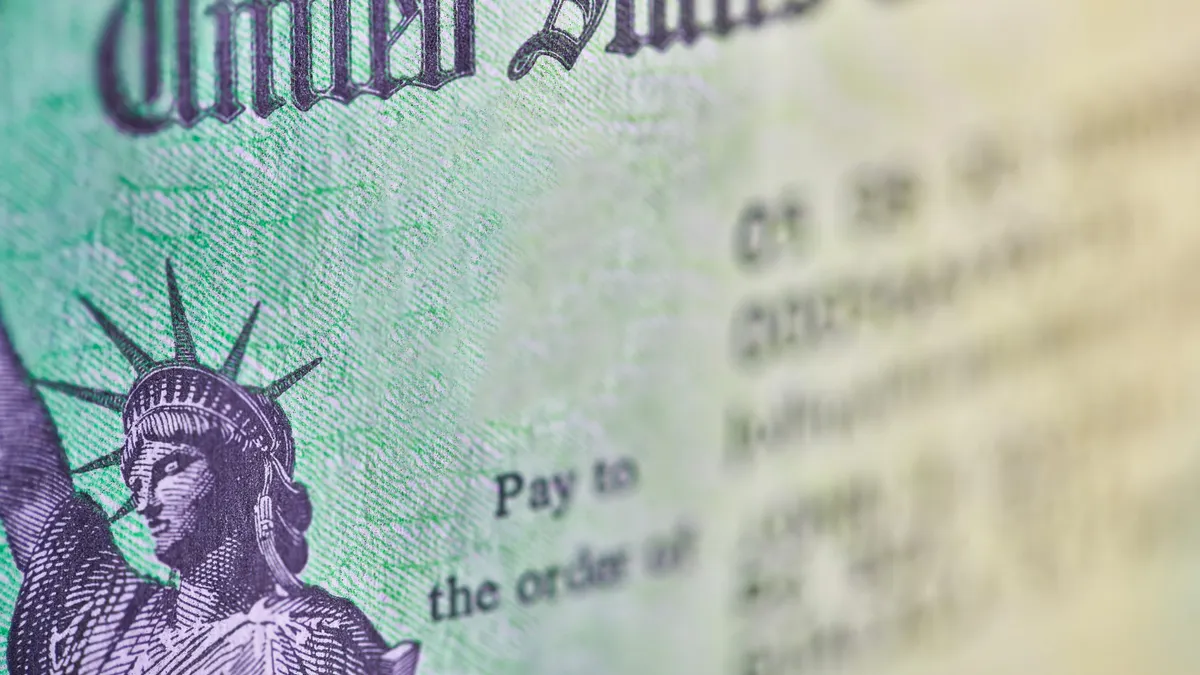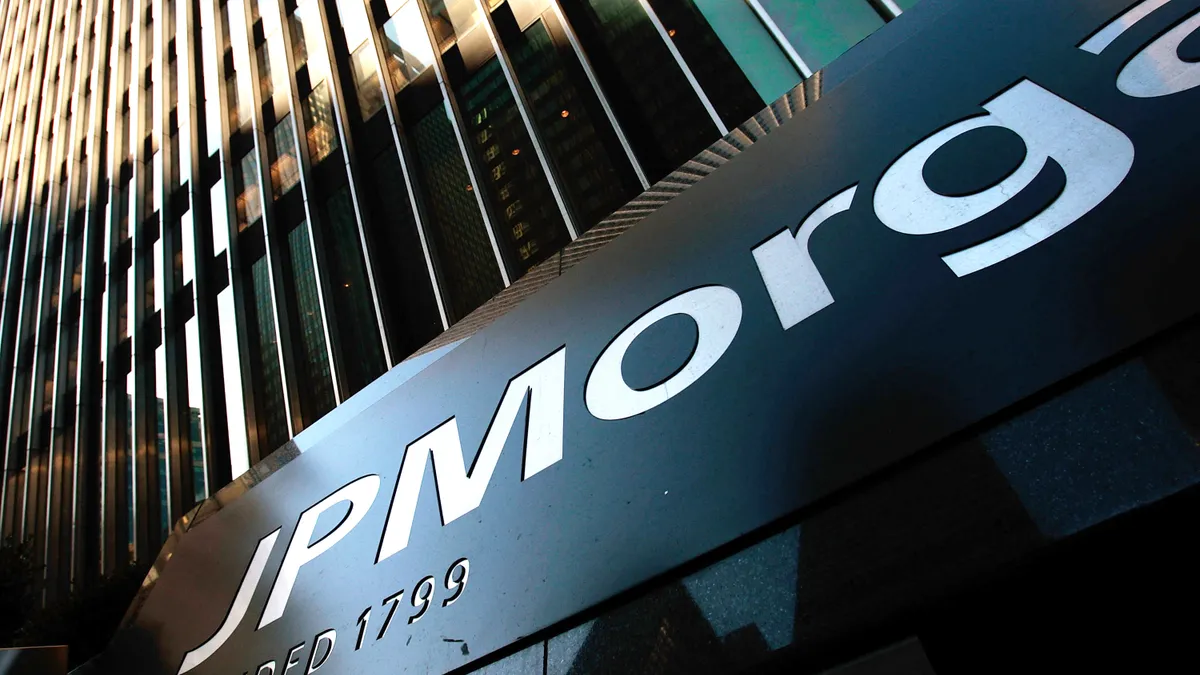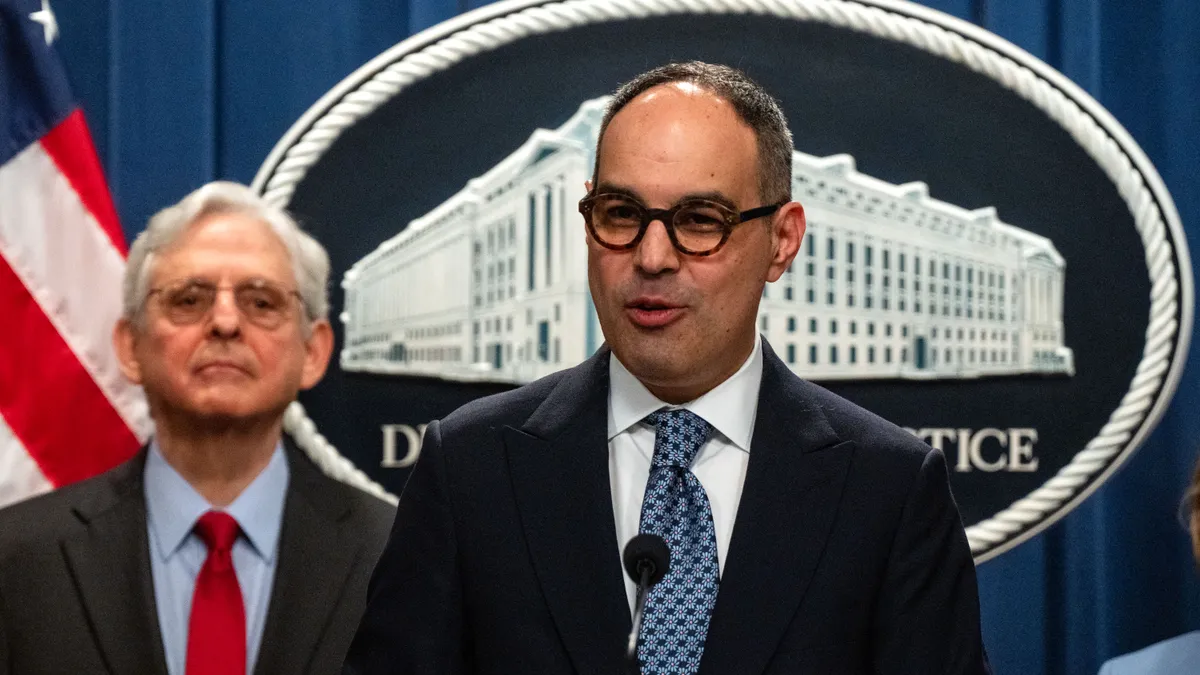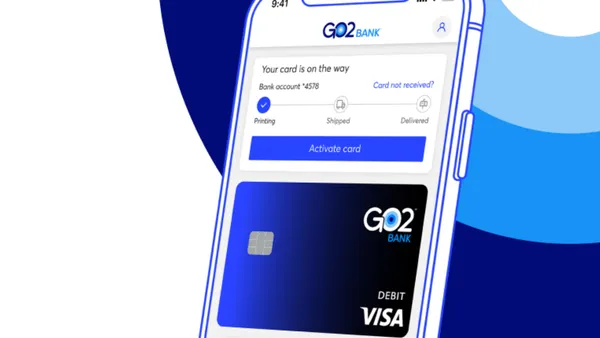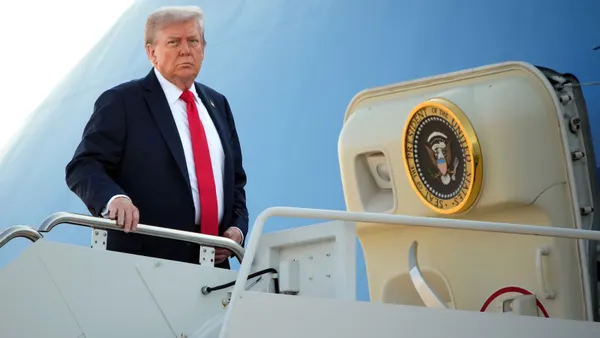Jennifer Tescher is the founder and CEO of the Financial Health Network, which leads a cross-sector movement to equitably advance financial health for all people.
Imagine counting on a monthly check from the federal government – your Social Security benefit or veterans benefit, perhaps – that suddenly stops showing up one day.
For more than 5 million Americans, that day could arrive starting Oct. 1.
The U.S. Department of the Treasury announced Aug. 14 that it will stop issuing paper checks on Sept. 30, shifting virtually all federal payments to electronic transfers. The change is part of a broader effort announced by the U.S. government to modernize “outdated paper-based payment systems that impose unnecessary costs, delays, and security risks.”

In theory, it’s the right move: Checks are costly, inefficient, and insecure. Mail theft-related check fraud is rising in the U.S., with fraud reports nearly doubling between 2021 and 2023. Checks typically take days to clear. For unbanked consumers, check cashers can charge fees of up to 12% – more than the cost to open an account and receive direct deposit. Globally, the U.S. lags countries like Australia, New Zealand, Finland and Poland, where paper checks have all but disappeared.
The real issue isn’t if the government should stop issuing paper checks – it’s how. Rolling out such a sweeping change with only six weeks’ notice risks leaving behind the very people who depend on those payments most.
More than half a million Americans still receive Social Security benefits by check. For many recipients, these checks are a financial lifeline: 40% of older adults rely solely on this income to cover their expenses. Beyond Social Security, 5 million Americans received their tax refunds by paper check in 2025, an option that will also end under this abrupt phaseout.
If electronic payments are the future, why haven’t these households switched? While COVID-19 stimulus checks triggered many consumers to open bank accounts and set up direct deposit, the remaining “last-mile” households are likely to be the hardest to reach and serve.
The 5.6 million unbanked households in the U.S. today tend to earn very low incomes and are likely to be older – also making it more likely that they receive federal benefits.
Even among banked recipients, factors like age, ability, and geographic location can make it extremely challenging to navigate electronic payments. Nearly 30% of U.S. banking customers aged 70 and older are not using online services regularly, and 15 million Americans live in broadband deserts where digital banking isn’t an option. Without a thoughtful approach, the end of paper checks could create real financial harm for people counting on these payments.
There’s still time to get this right. The U.S. government should consider ways to support citizens through this transition, including:
- Launching a wider public awareness campaign. While the federal government is partnering with banks like JPMorgan Chase to spread the word, communication must be multipronged, consistent, and easy to access. Community nonprofits, state and local governments, housing providers, and other trusted organizations should work together to help people understand the changes, navigate the transition, and protect themselves from scams at this critical moment.
- Extending the timeline. Tax reforms and other policy changes impacting consumers typically phase in over months, even years. Rushing this change risks chaos.
- Offering broader exceptions. Rather than placing the burden on vulnerable recipients to request exemptions, the government should consider common-sense exceptions (for example, not requiring recipients older than 90 to switch).
The federal government is correct: Payments must move into the future. But that future must be designed with inclusion at its core. In this race to end paper checks, we cannot afford to leave America’s most vulnerable behind.

